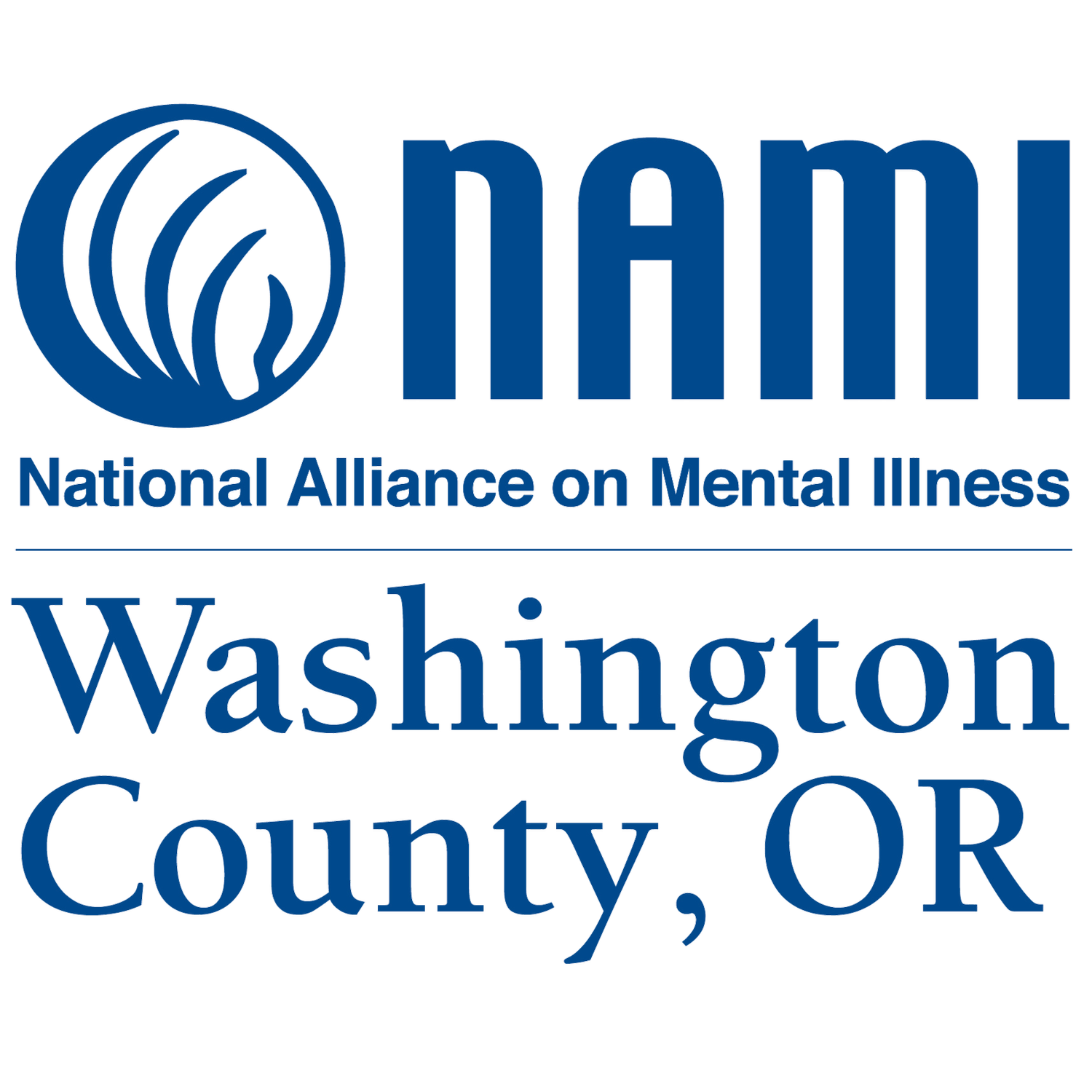Breaking the stigma for Tardive Dyskinesia Awareness Week
The first full week of May is Tardive Dyskinesia (TD) Awareness Week. We are proud to join organizations around the country in spreading awareness and breaking the stigma, to empower the at least 800,000 adults in the U.S. impacted by the condition.
What is TD?
TD is a persistent, involuntary movement disorder that is characterized by uncontrollable, abnormal and repetitive movements of the face, torso, limbs and fingers or toes.
The condition is associated with prolonged use of antipsychotic medication that may be necessary to treat individuals living with mental illness, such as bipolar disorder, depression, schizophrenia and schizoaffective disorder.
Why do we need to raise awareness?
Jeff and Shelly discuss the impact TD has had on their lives and the importance of raising awareness.
There are approximately 600,000 people in the United States living with TD, and approximately 65 percent have not yet been diagnosed.
By declaring the first full week of May as TD Awareness Week, NAMI Washington County is helping to raise awareness regarding:
The signs and symptoms associated with TD
The potential physical, social and emotional consequences of TD
The importance of speaking with a healthcare provider about the impact of the uncontrollable movements and available treatment options
May is also Mental Health Awareness Month, an important time to acknowledge the one in five U.S. adults living with a mental health condition.
Specifically, approximately 909,000 adults in Oregon are living with a mental health condition, and many people living with a mental health challenge may also have TD.
The abnormal, involuntary and repetitive movements of TD can negatively impact people physically, socially and emotionally. TD can affect one’s ability to work, drive, walk, button a shirt or eat and drink. In a recent survey, 57% of diagnosed TD patients reported their social life was extremely negatively affected, 51% reported that their mental health had been extremely negatively affected and 45% stated that TD extremely negatively affected their ability to perform their job.†‡§ People living with TD may also feel judged and ashamed, adding to a sense of worry, isolation and stigma.
Could It Be TD?
Watch this short video to see examples of the uncontrollable movements associated with TD.
It’s important that people who are taking antipsychotic medication be monitored by a healthcare provider for drug-induced movement disorders (DIMDs), such as TD. Periodic screenings for abnormal movements in people taking antipsychotic medication are essential for detection, proper diagnosis and appropriate management to help improve therapeutic outcomes.
If you have been taking antipsychotic medication for a while and are experiencing uncontrollable, abnormal and repetitive movements, initiate a conversation with your healthcare provider. U.S. Food and Drug Administration-approved treatments for TD are available.
If you believe you or a loved one is living with TD, please view the resources below, for more information and ways to find help. You are not alone.
What is it like to live with TD in rural Oregon?
Todd Donovan grew up in rural Southern Oregon. For years, he struggled with treatment-resistant depression, taking medications that led him to develop TD over 35 years ago. His TD symptoms include blinking and facial movements.
Todd does not regret taking the medication that caused him to develop TD. "I knew I was sick and I had an illness," he said, "and I had to do something." The involuntary movements now don't bother him much.
He has now found a treatment for his depression that works, and lives in rural North Carolina.
Read more of Todd’s story here.
To learn more about mental health and TD, visit TalkAboutTD.com.

